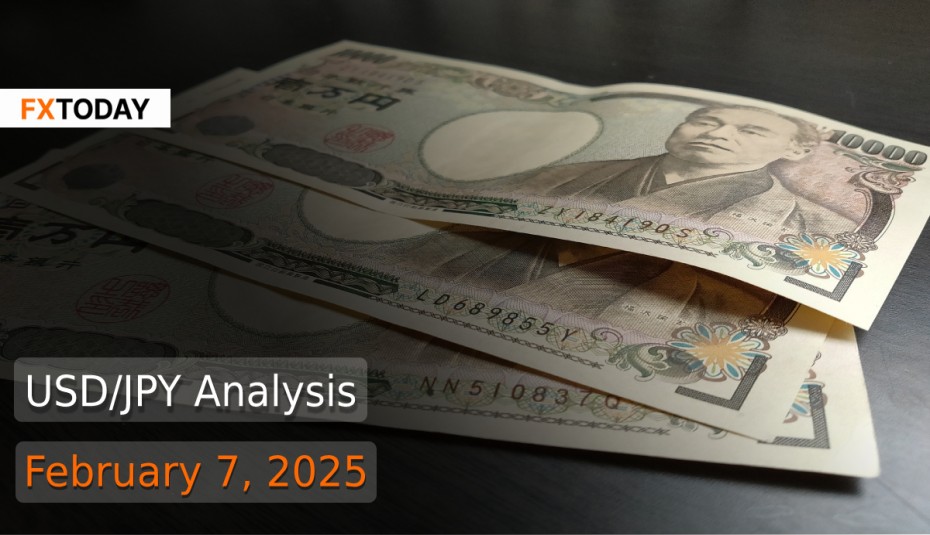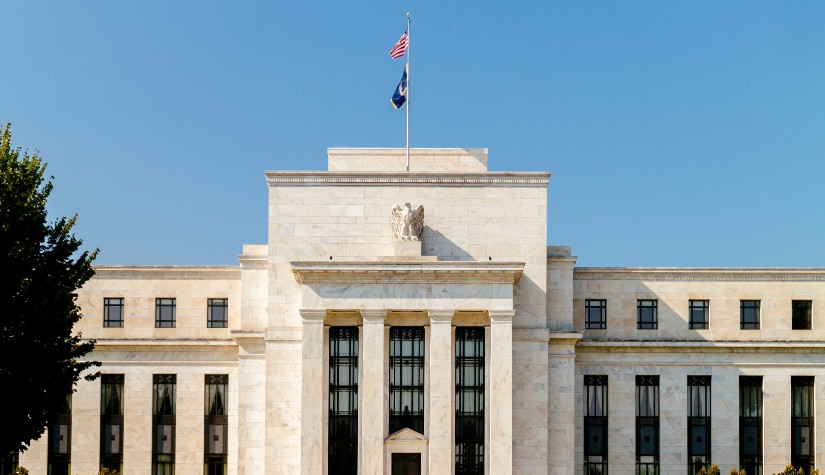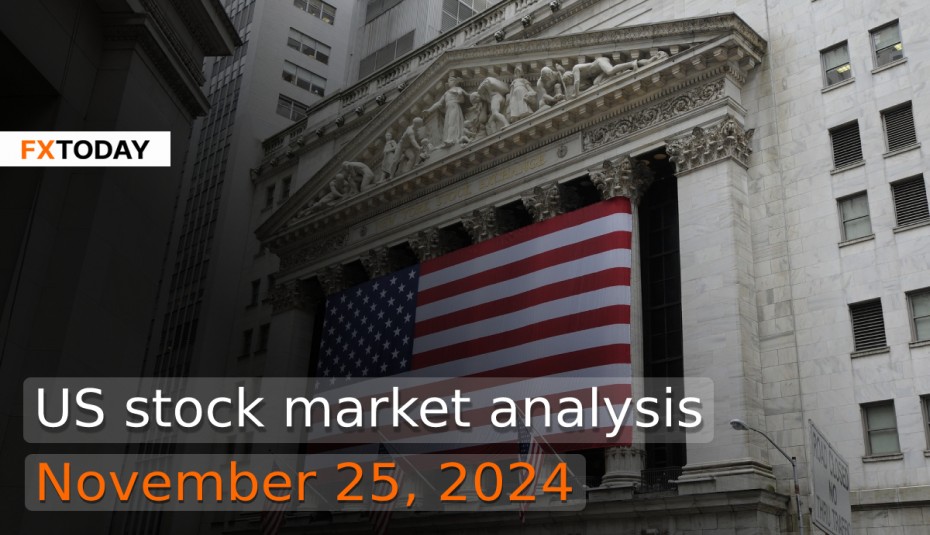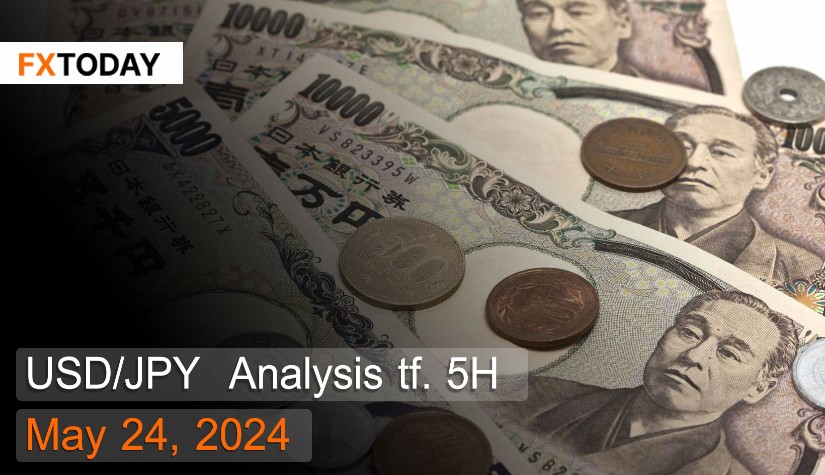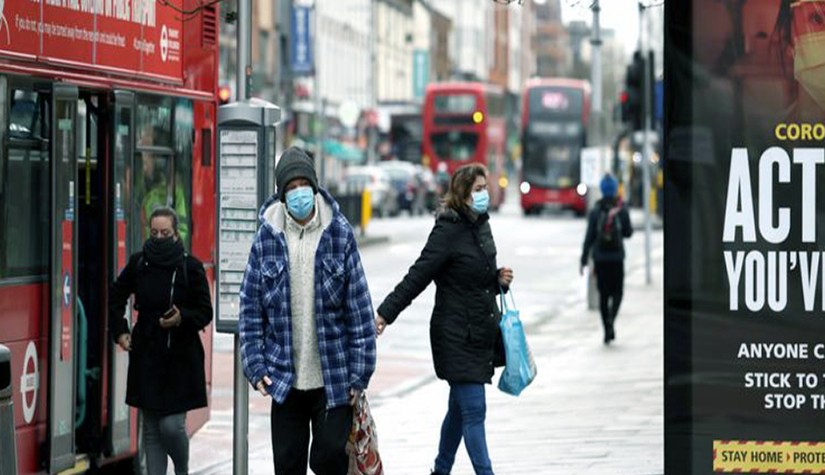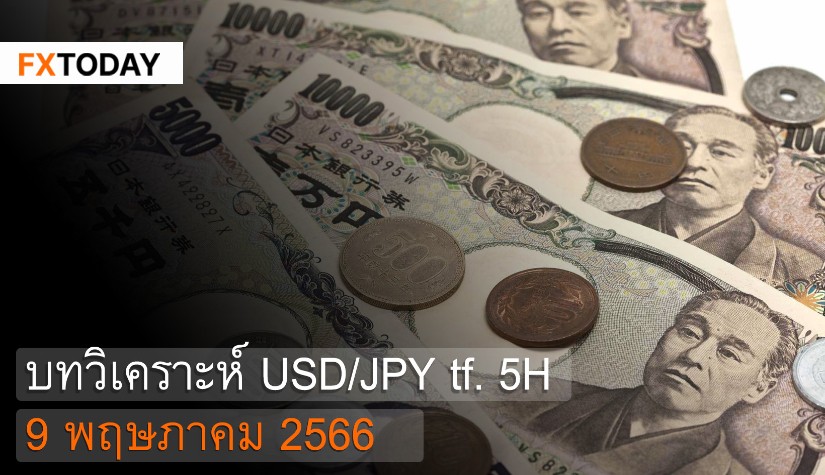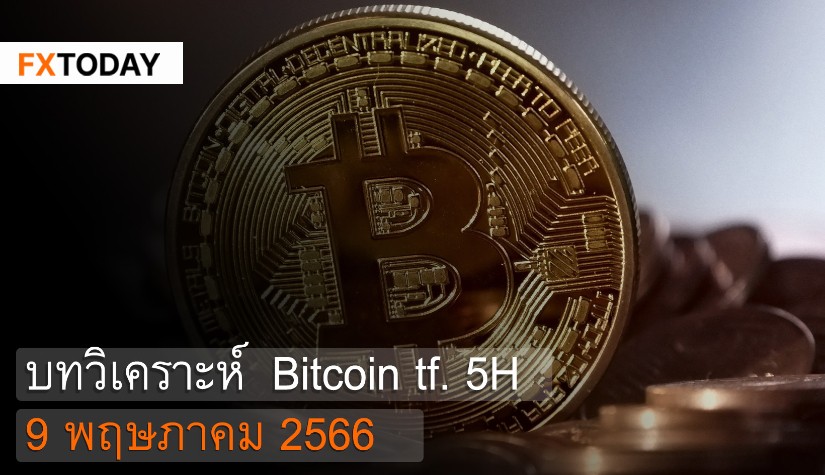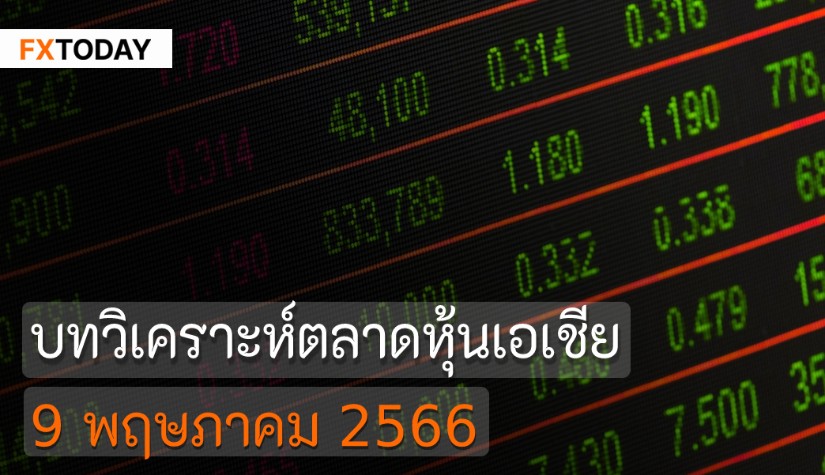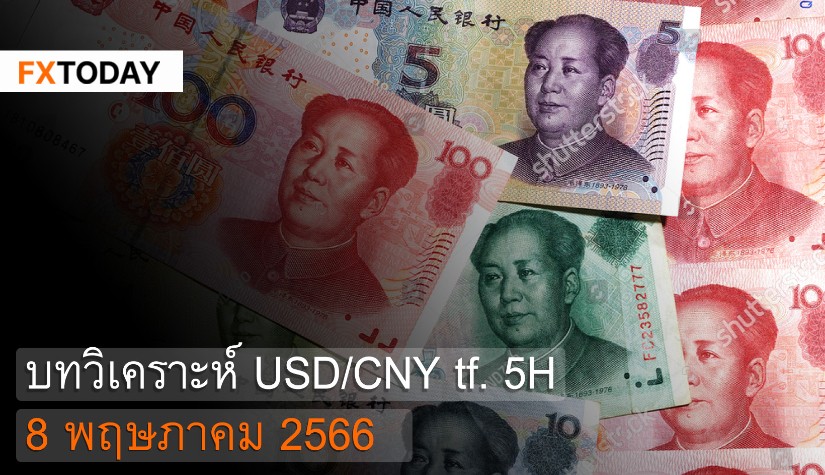Yen Surges as BOJ Signals More Hikes, Markets Eye Further Tightening
The Japanese yen surged to an eight-week high against the U.S. dollar after a Bank of Japan (BOJ) policy board member advocated for further interest rate hikes. Markets are increasingly pricing in additional tightening, with Japanese government bond (JGB) yields at multi-year highs. BOJ board member Naoki Tamura has called for rates to rise to at least 1.0% by late 2025, warning that prolonged ultra-low rates could fuel inflation.
In a major shift, the BOJ has ended its decade-long stimulus and raised interest rates to 0.5%, citing stable progress toward its 2% inflation target. Tokyo’s core inflation has reached 2.5%, the highest in a year, while nationwide December inflation hit 3.0%. However, the BOJ remains focused on broader demand-driven trends. Core-core CPI is projected at 2.1% in fiscal 2025, reinforcing expectations of gradual tightening.
The BOJ increasingly sees labor shortages—not weak demand—as Japan’s primary economic challenge, potentially justifying more aggressive rate hikes. Businesses across multiple sectors, including manufacturing, tourism, and services, struggle more with worker shortages than a lack of customers. The BOJ’s January outlook highlighted a shrinking workforce—particularly among women and the elderly—as a key driver of inflationary pressures.
Japan’s aging population is worsening chronic labor shortages, with a projected 3.4 million-worker shortfall by 2030. Despite firms raising wages by 5.1% in 2024—the highest increase in 30 years—sectors like hospitality and transportation remain constrained. Post-pandemic inflation, initially driven by a weaker yen, is now supported by rising wages, particularly in services.
December wage data showed a 2.7% rise, with real wages improving by 0.6% after inflation. Household spending rebounded in December, rising 2.7% year-on-year—the first increase in five months. However, real wages still lag behind inflation due to high food and fuel costs, keeping pressure on household purchasing power.
With inflation and interest rates climbing, Japan faces rising demand for financial services. Households hold 2,200 trillion yen ($14 trillion) in financial assets—over half in cash and deposits—making diversified investments increasingly necessary. BOJ Executive Director Hirohide Kouguchi noted that businesses also seek financial services for restructuring and mergers. Digital technologies could help address these evolving needs and boost productivity amid an aging population.
The yen strengthened to 151.81 per dollar, its highest level since mid-December. The market now expects the BOJ to raise rates by 25 basis points by September. In contrast, the Federal Reserve is anticipated to cut rates by 25 basis points in July, with total reductions of 46 basis points projected by December. While U.S. Treasury Secretary Scott Bessent confirmed that Trump favors lower rates, he stated the administration would not pressure the Fed to cut.
In labor market news, new unemployment claims in the U.S. rose moderately last week, suggesting a gradually easing job market. Initial jobless claims increased by 11,000 to 219,000, with notable rises in New York and California, partly due to lingering effects of wildfires.
Dallas Fed President Lorie Logan signaled a preference for maintaining current interest rates for an extended period, even if inflation moves closer to the Fed’s 2% target. She argued that stable inflation alongside a strong labor market indicates monetary policy is not overly restrictive, reducing the urgency for rate cuts. Fed Chair Jerome Powell echoed this sentiment, stating that further rate reductions would require either a significant cooling of inflation or a weakening job market. The latest inflation data showed the Fed’s preferred price index rising 2.6% in December, reinforcing the cautious approach to monetary easing.
A report from the Federal Reserve Bank of Boston warned that Trump’s proposed tariffs on Mexico, Canada, and China could add as much as 0.8 percentage points to inflation, further complicating the Fed’s policy decisions. Although the administration ultimately suspended tariffs on Mexico and Canada, the broader trade policy remains uncertain.
As a result, if the BOJ proceeds with gradual tightening and Japan's inflation remains stable, the yen could strengthen further. However, dollar support may persist if U.S. economic data remains strong or if Fed rate cuts are delayed. Short-term volatility is likely, but the medium-term bias favors a stronger yen as Japan exits ultra-loose policy.
Data for Technical Analysis (1D) CFD USD/JPY
Resistance : 152.40, 152.82, 153.48
Support : 151.08, 150.66, 150.00
1D Outlook
Source: TradingView
Buy/Long 1 If the support at the price range 150.08 – 151.08 is touched, but the support at 151.08 cannot be broken, the TP may be set around 152.32 and the SL around 149.58, or up to the risk appetite.
Buy/Long 2 If the resistance can be broken at the price range of 152.40 – 153.40, TP may be set around 154.40 and SL around 150.58, or up to the risk appetite.
Sell/Short 1 If the resistance at the price range 152.40 – 153.40 is touched, but the resistance at 152.40 cannot be broken, the TP may be set around 150.58 and the SL around 153.90, or up to the risk appetite.
Sell/Short 2 If the support can be broken at the price range of 150.08 – 151.08, TP may be set around 148.70 and SL around 151.90, or up to the risk appetite.
Pivot Points Feb 7, 2025 03:13AM GMT
|
Name
|
S3
|
S2
|
S1
|
Pivot Points
|
R1
|
R2
|
R3
|
|---|---|---|---|---|---|---|---|
| Classic | 148.84 | 150 | 150.58 | 151.74 | 152.32 | 153.48 | 154.06 |
| Fibonacci | 150 | 150.66 | 151.08 | 151.74 | 152.4 | 152.82 | 153.48 |
| Camarilla | 150.69 | 150.85 | 151.01 | 151.74 | 151.33 | 151.49 | 151.65 |
| Woodie's | 148.56 | 149.86 | 150.3 | 151.6 | 152.04 | 153.34 | 153.78 |
| DeMark's | - | - | 150.3 | 151.6 | 152.03 | - | - |
Sources: Investing 1, Investing 2

